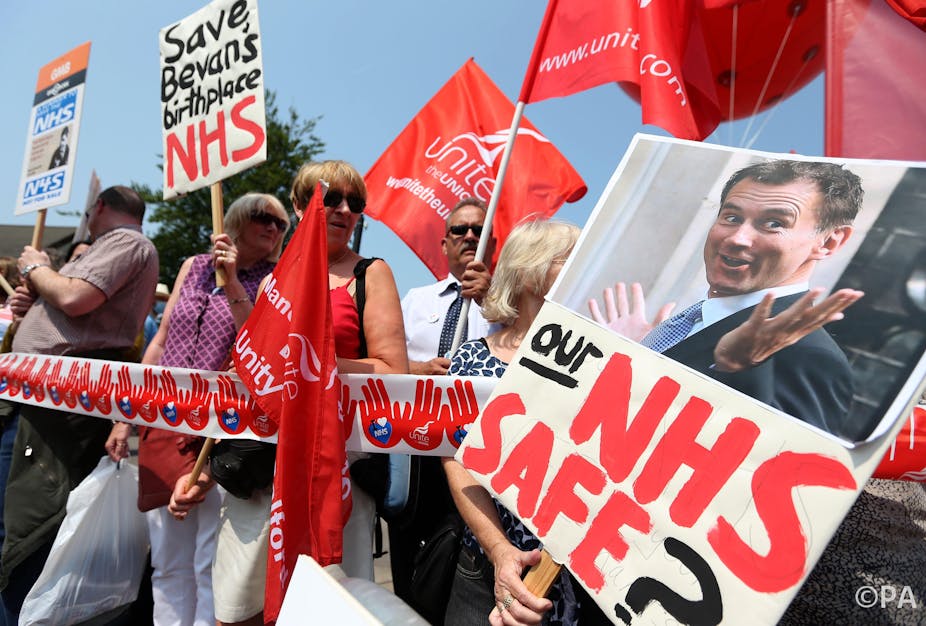Britain is still a majority social-democratic country. That is, politically, the most significant finding of the latest British Social Attitudes survey published this week. Most people want a country which “gets and spends” about what we do now, or even more, rather than less. The BSA figures seem to contradict the often heard assertion that the British people want Scandinavian levels of public services for American levels of taxes.
How do we judge how “social” democrat, as opposed to “liberal” democrat, a country is? The most telling test is how much people are willing to have collected in taxes and spent on public services and welfare provision.
Britain, for the past 50 years or more, has lain somewhere in the mid-Atlantic in terms of actual tax and spend. Our average spend, as a percentage of GDP, has been just under 43% – roughly midway between American and continental European levels.
The supposedly radical, “rolling back the state”, government of 1979-97 managed to “roll back” public spending to an average of 43.5% - very slightly up on the long-term average.
The “high-spending” New Labour government of 1997-2010 was nothing of the sort, seen in this historical perspective, at least until the onset of the Global Financial Crisis and “Great Recession” in 2008. Gordon Brown actually managed to get public spending down to its lowest level in the past five decades – below 37% of GDP – in 1998. Labour’s average, even including the GFC impact, was only 40% of GDP, and had stabilised at about 41% of GDP, just below the long-term trend rate before the GFC hit.
The British Social Attitudes Survey data go a long way to explaining this trend. Since 1983 they have been asking the same question every year - given a choice between these three options, which would you choose:
Reduce taxes and spend less on health, education and social benefits
Keep taxes and spending on these services at the same level as now
Increase taxes and spend more on health, education and social benefits
Throughout this period the “smaller state” option has never risen above 10%, with around 90% preferring the state to remain the same size or even grow.
Some voices on the right of British politics have been calling for “American” levels of tax and spend (about a third of GDP) since the 1970s. Think tanks on the right, like the Adam Smith Institute, Institute for Economic Affairs and more recently Reform have been banging on about this for years – and in more recent years they have been joined by the “Orange Book” Liberal Democrats.

The BSA figures help to explain why advocates of this radical right, “liberal democratic state”, position have failed to get anywhere near achieving their goal: the political obstacles are enormous. And in any case, public spending at these sorts of levels is now so embedded in the economic fabric that any radical reduction would have very disruptive effects on both public and private sectors.
The real fluctuation – as the BSA figures show – has been between the state should stay about the “same” size, or that it should get bigger (the “more” option).
The BSA analysts suggest that this fluctuation is “thermostatically” linked to changes in fiscal trends; when the state was perceived as getting “too small” in the late 80s and early 1990s, the tax and spend more group grew.

By the mid-2000s, after New Labour’s rapid rise in public spending between 2000 and 2005, the “same” and “more” scores reversed. Now over 50% wanted tax and spend stabilised, and that is in fact what happened in the 2004 Spending Review.
Of course there have also been important other shifts in public opinion suggest. Welfare, and especially unemployment, benefits have become markedly less popular when people are asked specifically about them. But overall there has clearly been no dramatic shift to a “smaller state” attitude amongst the British public, however much the current coalition government might wish it otherwise.

